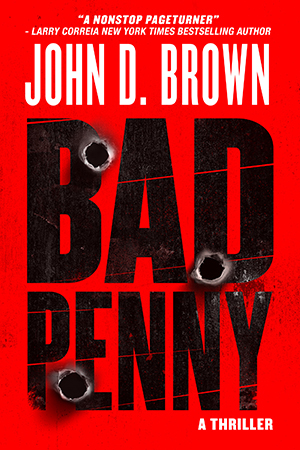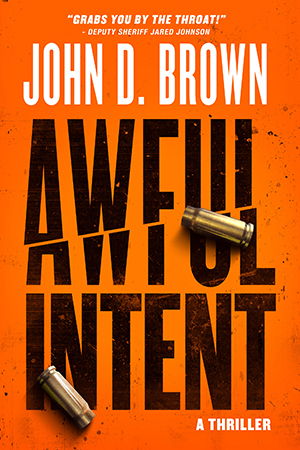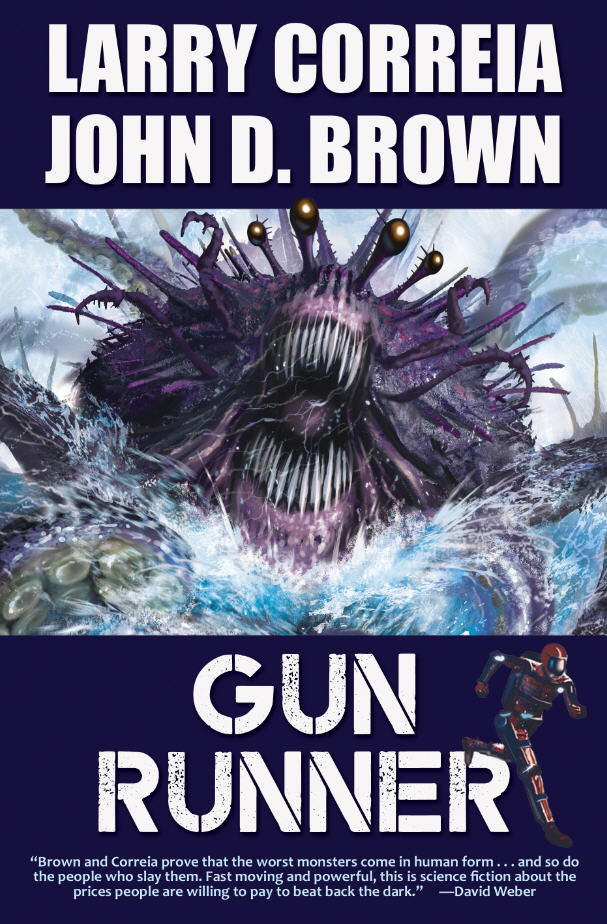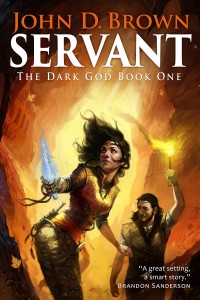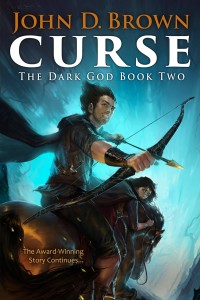The Shortcut So Many New Writers Miss
You now know three things many new writers don’t. And these three things will accelerate your progress more than any beat sheet, formula, or plotting template.
- The plot isn’t about the plot. It’s a means to an end—the reader’s emotional experience.
- That experience is driven by two attention engines in the brain: survive-and-thrive and curiosity-prediction.
- You activate those engines by transporting readers into specific types of situations.
When you understand this, something big happens.
You suddenly don’t need to memorize hundreds of rules. You don’t need to diagram your acts like a NASA engineer.
You only need to master four things.
The Four Skills You Actually Need (Not the Million You Don’t)
Here’s your new, simplified mission. Here’s what you need to learn:
- How to transport.
- What situations trigger the two systems
- What keeps the systems active and increases the reader’s desire to know more
- What resolves the desires in a satisfying way
That’s it.
Transport. Trigger. Build. Deliver.
This is the core of every page-turner you’ve ever loved.
We’ll talk more about transport later.
For now, let’s focus on the kinds of situations that trigger attention in the first place.
Because once you know what these situations look like, you can create them at will.
The Exact Kinds of Situations That Hook Readers Instantly
What types of situations activate the brain’s attention engines?
The very same ones that activate them in real life.
When we read, we imagine, and imagined situations fire the same neural pathways as real experiences.
The difference is in intensity, not kind.
When we experience a situation in real life, we get full sensory input which leads to a more intense response. In imagined scenes, we get less sensory richness, and, therefore, a less-intense response.
But both run through the same processor.
Which means: If you know which situations trigger attention in life, you know which situations will trigger attention in your stories.
Let’s look at the survive-and-thrive system first.
Survive and Thrive Situations That Make Readers Lean Forward
The survive-and-thrive system activates when a situation shows—or suggests—these three things:
- Threat
- Hardship
- Opportunity
A few examples:
- A boy learns there’s a video game tournament with a million-dollar prize. (Opportunity)
- A girl realizes something in the woods is watching her. (Threat)
- A young apprentice discovers there’s an ancient book of lore in a faraway land that could help his ailing master stop an evil and powerful mage who is gathering a massive army. (Threat + Opportunity)
- A girl enslaved by cyborg overlords learns about a possible escape. (Hardship + Opportunity)
These triggers can be:
- Physical (danger, illness, survival),
- Social (love, approval, reputation, belonging),
- Self-actualizing (freedom, achievement, mastery).
Romances rely almost entirely on opportunities for love. Sports stories center on achievement and growth. Thrillers revolve around threat.
But all these genres use the same core principle: Transport the reader into a situation where there’s a possibility something meaningful will be gained—or lost.
That’s how you trigger attention.
But once you trigger it… what then?
What You MUST Do Immediately After Creating Interest
You withhold the resolution.
Not forever—but long enough to build the reader’s desire. Because readers don’t want immediate resolution. That isn’t what feels good.
The emotional pattern readers crave looks like this:
Intrigued > want > WANT > WANT!! > WANT!!!! > Ahhhhhhh.
Readers don’t want to know the answer immediately. They want the wanting.
Would anyone want to read the Lord of the Rings if Tolkien took three lines to pen the tale of Frodo finding the ring, skipping across the road, and dropping it into the blacksmith’s forge and destroying it?
No. Readers loved the hundreds of pages between trigger and resolution. Readers want trigger, build, and only then deliver.
Readers don’t want to know what will happen immediately. They want to know what might happen and worry about the possibilities. They want that worry to build. And only then do they want a release.
It’s like an itch that grows, drives you crazy, and only then gets scratched. The delay makes the relief of the scratch feel so much better.
The Four-Step Emotional Ride Page-Turning Plots Deliver
Now let’s break this universal experience into four clear steps.
Caution! This is not a formula.
It’s simply a general description of one of the main rides readers come to story to experience. It’s not the only ride. But it’s one of the rides readers crave most. I’m betting it’s one of the ones you love most as well. And probably want to deliver.
Once you know the shape of this ride, you’ll know what your job is at each point. And then you can focus your learning on what allows you to deliver it.
Step 1. Anticipation
The reader feels curiosity and a hint that something dramatic is coming. They feel interested in the character and situation. They might even feel hopes and fears for the character. But the overriding feeling is curiosity and anticipation. In this step we learn the main problem the character has to solve, and we begin to root for them to solve it. This is the clack-clack-clack up the first rollercoaster hill.
Step 2. Growing Hopes and Fears
The reader enjoys going along with the character as they pursue their goal. They enjoy the surprises, twists, dramatic scenes, and genre delights. They enjoy having their hopes rise when the character progresses, and their fears grow when the character fails.
Readers want their tension to grow. Remember: reader tension arises when the reader wants the answer to a story question—but has to wait for the resolution.
At the end of this step, the reader believes that the character has finally got it! It’s going to work! The resolution is near, and our character is going to get the thing in the story he or she has been working for.
Step 3. Devastation
Then we rip the rug out from under them. There’s a surprising reversal that wrecks the plans. The reader’s shock and fears grow. This can’t be happening! But it is. The final feeling is loss and despair. “There’s no way out. They are SO screwed. We’ve failed.” And if we haven’t failed quite yet, it’s just a few steps away, nothing more than a mere formality.
Step 4. Triumph
But then the character sees one last hope. It’s a razor-thin chance. They make a desperate push. Because the odds are so long, and the clock is ticking, the reader feels maximum suspense. And then, when it looks like our hopes will be dashed, with a surprising twist, the character eliminates the threat, overcomes the hardship, or seizes the opportunity. It worked! We can’t believe it. The final feeling is one of surprise, exhilaration, and celebration.
Trigger, build, deliver.
That’s the ride.
There are other patterns. Sometimes the readers are torn by a dilemma the character faces at the end. Sometimes they are given a bittersweet ending instead of triumph. Sometimes they’re given a devastating tragedy or that noir feeling of bleak futility, cynicism, or haunting reflection. You can deliver those rides as well.
The key is to understand the general experience you hope to give the reader so you can then deliver it.
Your Question Now Is “How?”
Okay, I know you’re asking: how do I create these effects? Specifically. Please show me examples.
That’s where we’re headed next—where you’ll see specific techniques that trigger hopes and fears and anticipation. Techniques you can start to use immediately.
Part of Page-Turning Plots: How to Craft Stories Readers Can’t Stop Reading.






